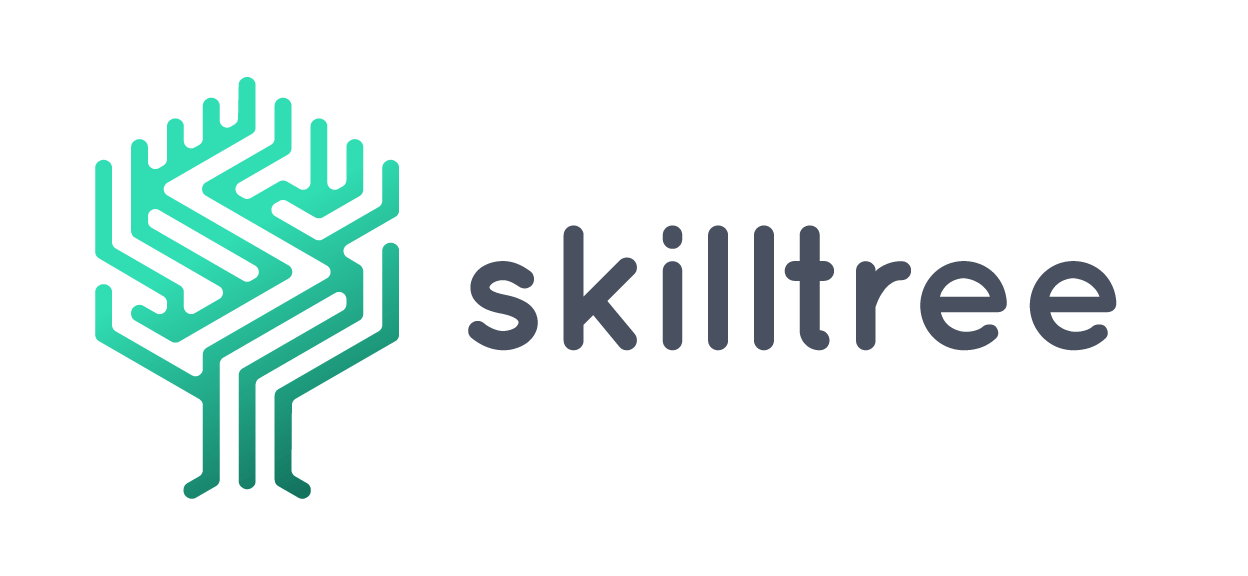How do you support employees in their independent or managed learning in the organization? What does it take and what should be considered? In this article we present learning management and the advantages of a learning management system (LMS). This knowledge helps to structure and plan e-learning in your company.
What is learning management?
When it comes to transferring learning content to employees in a company, learning management or a system set up for this purpose is required. Learning content is either collected or created by the company or purchased externally.
Learning content created by the company itself has the advantage that knowledge tailored to the company is provided. The disadvantage, however, is that the creation of the content can tie up a lot of time resources.
Learning management is often used in the further training of employees. In this way, company training courses, for example in the area of customer training, can also be documented. But also in the area of employee onboarding or knowledge management, learning management is applied.
In order to implement learning management with software support, a learning management system, or LMS for short, is required. LMS are used in educational institutions such as schools or universities, as well as in organizations.
LMS stands for learning management system An LMS can be a software application or a web technology. It is used by both instructors and trainees.
Advantages of an LMS
A dedicated LMS offers many advantages for an organization. Those benefits are both operational and strategic. Below are some of the many benefits:
- Analyses and controlling: An LMS can be used to analyze and document the learning success or progress of employees. In this way, control measures can be initiated if learning progress fails to materialize.
- Course management: Learning content is presented clearly and gives employees the structure they need to learn or search for knowledge independently. New content can be added flexibly or existing content can be easily revised.
- Certification and compliance training: Content for certification and compliance can be explicitly prepared and controlled.
- No geographical restriction: Learning content can be made available regardless of the employee’s location. Whether in the home office or at another company location, e-learning allows learning content to be accessed and learned regardless of location.
What unites all the advantages is that they bring cost savings to the organization. External instructors, travel costs for training participants or coordination efforts are just a few of the many cost factors that can be saved.
What characterizes a good system?
There are a variety of providers for learning management systems. For example, there are cloud-based LMS, self-hosted (on-premises) solutions or mobile apps. LMSs also differ fundamentally in terms of cost. There are freemium versions, subscription models or licensing for LMSs.
It can be difficult to keep track of all of these. Nevertheless, experience shows that certain parameters can be taken into account in order to create a target-oriented LMS.
A good LMS should have the following 5 characteristics:
- – Usability: Easy-to-understand handling is a prerequisite for a well-used system Only when employees are comfortable and happy with a system, can its benefits unfold. Experience shows that gamification approaches can be of great help here.
- Flexibility: Employees should be able to access content from different devices. Content should also be easily downloadable.
- Reporting: Learning successes and progress should be traceable in order to provide employees with the best possible support in their training and development. Key performance indicators (KPIs) should be tied to milestones or levels of success and less to shortfalls.
-
Interfaces: Connection possibilities to external learning content should be integrable. Thus, it should be possible to access knowledge from other learning databases.
-
Design options: An LMS must reflect the learning content and structures of an organization. A “one solution fits all” principle is usually not applicable to LMSs. Therefore, the system should be adaptable and support a variety of structure and design options. The more you can adapt an LMS to your needs, the easier it is to integrate it into your everyday work.
A learning management system that meets these requirements is chabaDoo.
Due to its playful approach and high flexibility, it is a very user-friendly solution, which is a good complement to our skill management solution Skilltree. . From a personnel development perspective, it can be used to promote both the management and targeted learning of employee skills in the company.
You can read more about this in this blog post:
